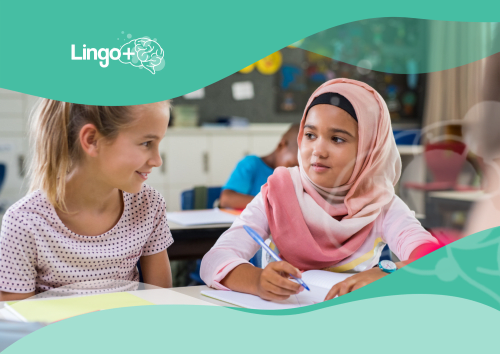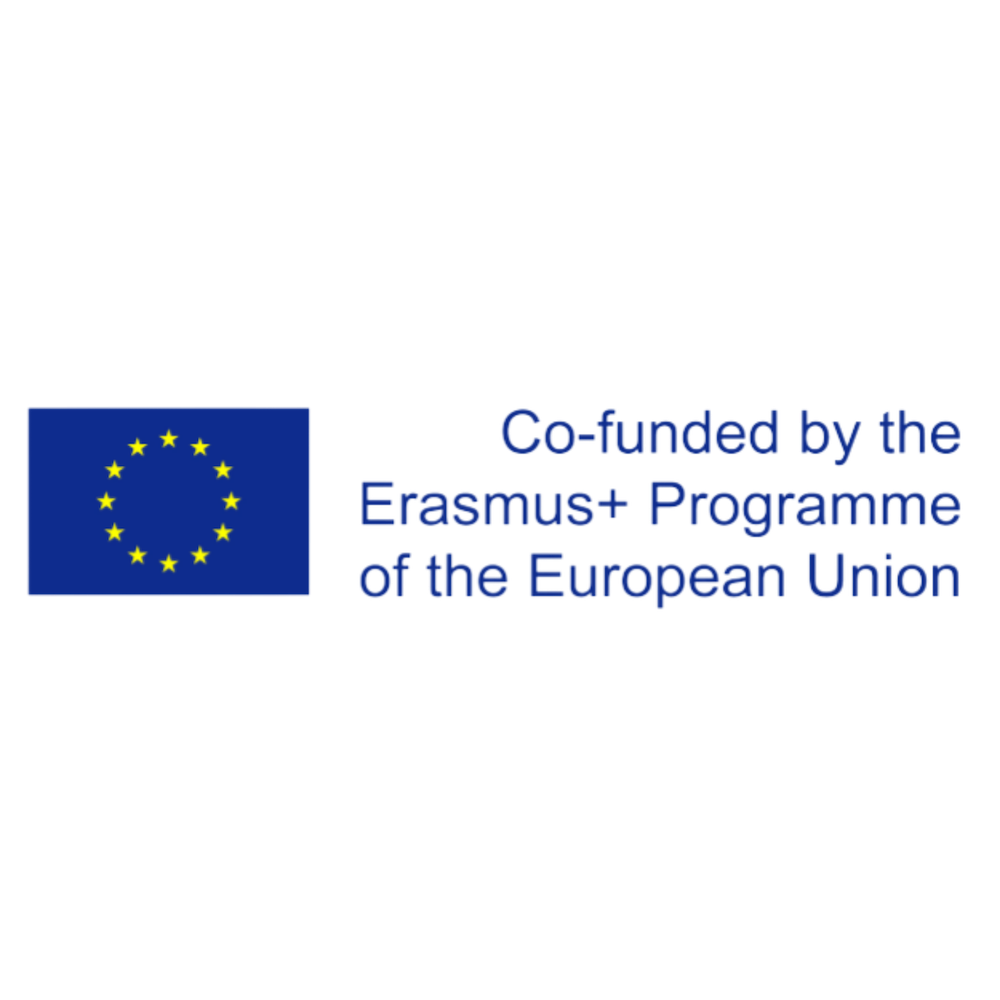Blog

Best Practices for Teachers in a Bilingual Classroom
Teaching in a bilingual classroom offers a unique opportunity to foster language proficiency and cultural appreciation simultaneously. However, it also presents challenges, such as balancing two languages, ensuring comprehension, and maintaining an inclusive environment. Here are some best practices that can help teachers navigate these challenges and create an effective learning environment for all students.
1. Implement a Balanced Approach to Both Languages
One of the key challenges in a bilingual classroom is ensuring that both languages are given equal importance. Teachers should strive to create a balanced language environment where students have ample opportunities to develop proficiency in both the target and native languages. This can be achieved by:
- Rotating languages: Alternating between languages on different days or during different subjects can help students become comfortable switching between languages.
- Dual-language activities: Incorporating activities that require students to use both languages, such as bilingual group work or projects, helps reinforce their skills in both languages.
By maintaining a balanced approach, teachers can prevent one language from dominating the other, ensuring that students develop proficiency in both.
2. Use Scaffolding Techniques
Scaffolding is an essential strategy in bilingual education, as it helps students gradually build their language skills. Teachers can scaffold learning by providing support that gradually decreases as students become more proficient. Some effective scaffolding techniques include:
- Visual aids: Using pictures, diagrams, and charts can help students understand new vocabulary and concepts in the target language.
- Sentence frames: Providing students with sentence starters or templates can help them construct sentences in the target language, boosting their confidence.
- Modeling language use: Demonstrating how to use language in context, such as through role-playing or think-aloud strategies, can give students a clear example to follow.
These scaffolding techniques can help bridge the gap between students' current language abilities and the language demands of the curriculum.
3. Create a Culturally Inclusive Environment
A bilingual classroom is inherently multicultural, so it’s important to create an environment that respects and celebrates all cultures represented in the classroom. Teachers can promote cultural inclusivity by:
- Incorporating culturally relevant materials: Using books, examples, and references from the students' cultures can make learning more relatable and engaging.
- Celebrating cultural events: Recognizing and celebrating cultural holidays and traditions from both languages can create a sense of community and belonging.
- Encouraging cultural exchange: Facilitating discussions and activities where students share aspects of their culture with their peers can foster mutual respect and understanding.
A culturally inclusive environment helps students feel valued and supported, which can enhance their language learning experience.
4. Promote Active Engagement and Participation
Active participation is crucial in a bilingual classroom, as it gives students the opportunity to practice and apply their language skills. Teachers can promote engagement by:
- Interactive activities: Incorporating group work, discussions, and hands-on activities encourages students to use the target language in a meaningful context.
- Language games: Games that require students to use both languages can make learning fun and reinforce language skills in an interactive way.
- Peer collaboration: Pairing students with different language strengths can encourage peer teaching and learning, helping students to learn from one another.
By creating a dynamic and interactive classroom, teachers can motivate students to actively engage with both languages.
5. Use Formative Assessment to Guide Instruction
Formative assessment is crucial in a bilingual classroom as it allows teachers to monitor students' progress and adjust instruction accordingly. Teachers should use a variety of assessment methods, such as:
- Observations: Regularly observing students during activities and discussions can provide insights into their language proficiency and areas that need support.
- Quick checks: Simple assessments, like exit tickets or quick quizzes, can help gauge students' understanding of the lesson.
- Student self-assessment: Encouraging students to reflect on their own language use and learning can help them become more aware of their progress and areas for improvement.
Formative assessment helps ensure that instruction is responsive to students' needs and supports their ongoing language development.
6. Foster a Growth Mindset
Encouraging a growth mindset in students is particularly important in a bilingual classroom, where language learning can be challenging. Teachers can foster a growth mindset by:
- Praising effort: Acknowledging students' efforts to use both languages, even when they make mistakes, reinforces the idea that learning is a process.
- Encouraging risk-taking: Creating a safe environment where students feel comfortable taking risks with language use can help them develop confidence.
- Setting realistic goals: Helping students set achievable language goals and celebrating their progress can motivate them to keep improving.
By fostering a growth mindset, teachers can help students develop resilience and persistence in their language learning journey.
Teaching in a bilingual classroom requires a thoughtful approach that balances language instruction, cultural inclusivity, and student engagement. By implementing these best practices, teachers can create a supportive and effective learning environment that not only enhances language proficiency but also fosters a deeper understanding and appreciation of different cultures. As bilingualism continues to grow in importance, these strategies will be essential tools for educators in creating successful bilingual classrooms.
Leave your thought here
Your email address will not be published. Required fields are marked *


 Admin
Admin 
Comments (0)